THE ULTIMATE GRAVEL RIDE IN CRYPTO VALLEY SWITZERLAND
THE ULTIMATE GRAVEL RIDE IN CRYPTO VALLEY SWITZERLAND
Text and photos: Martin Bissig
Zug, the canton I call home, is the smallest in all of Switzerland, and is known for many things: Locals maintain that we have the most beautiful sunsets in the country, if not all of Europe. As for foreign investors and companies, their eyes light up at the thought of dollar or Swiss franc signs, so for them, Zug is the ultimate tax paradise. Last but not least, thanks to its liberal economic policies, this canton is also home to new economic sectors. Many blockchain companies have located their headquarters in Zug, earning the region the name Crypto Valley. But there’s one thing that almost nobody knows: hidden behind the gates to Zug is the Eldorado of gravel riding. Countless kilometers of gravel paths and forest roads are waiting to be explored by thin, deep-tread tires.
Let’s start our tour in the historic center of Zug. Some of the buildings here date back more than 800 years, and rolling along the cobbled roads feels like traveling back in time. Nothing here hints at the fact that just a few hundred meters away as the crow flies, computer specialists are hard at work developing the latest blockchain innovations.
After just a few minutes and a slight elevation gain, we’ve reached the city outskirts. Villas worthy of any James Bond set are replaced by cows grazing under cherry trees. We reach the St. Verena chapel at the edge of the city and ahead, we can see that we’re in for a climb of a few hundred meters. However, we make our first stop after just 15 minutes. The view of the city is too impressive from up here to not stop and take it in. After enjoying the view, we climb up steadily, making good time on the asphalt road, and soon we reach the Zugerberg plateau. In the winter, when there’s enough snow, cross country ski trails wind their way through the hills, there’s a child’s ski lift, and our uphill climb becomes a sledding run. But now we’re spoiled for choice, with a number of trails to choose from. The intensive forest management projects deal out the gravel card. These well-maintained gravel roads are wide enough to allow us to ride side by side, and a constant up-and-down takes us in the direction of Wildspitz. Dense forest is to our left, and to our right, we have an amazing panoramic view of Lake Zuger and Mount Rigi. We get to test our technical riding skills on a short section of single-track through part of the forest. After this descent, we continue to work our way up logging roads, until we stop for a break at the legendary “Zuger Alpi” restaurant. Even in the summer months, the sun doesn’t reach this rustic spot until late morning.
The contrast couldn’t be greater
It’s hard to believe that we headed out just 20 kilometers ago, from a small city that feels more like a major urban center. It’s a different world up here. Cows graze freely on pastures and roadsides, smoke rises from the chimney of an alpine farmhouse. We fill up our water bottles straight from a fountain, the water crystal clear. The Zuger Alpi might be in the neighboring municipality of Unterägeri, but according to local lore, Zug residents stole it from the unsuspecting locals in a malicious operation. It seems that even then, people knew how to use their smarts to gain a competitive advantage. We take a seat on the patio and catch the first rays of sun peeking over the treetops. The freshly baked nut cookies are perfect with our coffee. After half an hour, we say goodbye to our server, Harry. We still have a long day ahead.
On the Grinduro trails
Lake Ägeri is surrounded by three mountain chains: Zugerberg, Wildspitz and Gottschalkenberg. We have just crossed the lowest point of these peaks – Zugerberg. We continue along the foot of Wildspitz, which, at 1,580 m above sea level, is the highest point in the canton of Zug. Although we’d have a fabulous view of the Alps from up there, we decide to conserve our energy and instead of heading to the peak, we continue straight ahead at “Urzlenboden.” Not only are the trail conditions perfect for our gravel bikes, the dense network of gravel trails provides us with countless options. The organizers of the gravel event “Grinduro” noticed this too when they were looking for an appropriate location for their event in Switzerland. The Americans decided on the Ägeri valley, and they made scenic Unterägeri one of the locations for the 2021 season. California, Wales, Japan, Switzerland. The 300-plus participants, most of whom had traveled here from other countries, couldn’t believe their eyes. Picturesque, deep blue Lake Ägeri as the middle point of the route and a view of the snow-covered Alps – it couldn’t get more Swiss than that. We follow part of the original route for the event, reach the Raten Pass, and continue on to Gottschalkenberg. The viewing platform gives us a view to the northwest, where we can see most of Lake Zurich and the city of Zurich. The ensuing panoramic route is more challenging technically but also more varied. We ride over stretches of soft forest floor and gnarly root sections that shake us through and through. When we reach the Gubel monastery, we’ve pretty much completed our loop around the Ägeri valley and we find ourselves looking down onto our starting point of Zug. It’s pretty much all downhill from here.
You have to cross three bridges
Our brake disks are practically glowing from the rapid descent down to the Lorze ravine. Once again, we’re the only ones on the logging roads. There’s no traffic to speak of. As the name implies, we’ll have to cross the Lorze River. We have three options. We decide on the rustic option, the wooden bridge, built in 1759. High above us towers the single lane natural stone arched bridge, over 100 years old, and just beyond that we can see the modern concrete bridge, built in the 1980s for motorized vehicles. A few hundred meters further on we find ourselves at the entrance to the Höllgrotten caves. These stalactite caverns, dating back 3,000 years, are relatively young. When they were discovered in 1863, it was thought they were the work of demonic forces. We refill our water bottles from the nearby fountain. All public water points and fountains in the canton of Zug provide fresh potable water. From here, it’s just a few kilometers to our destination, Lake Zug. Once there, we take a break on the dock, reflecting on our day: an amazing loop through such a variety of landscapes and eras, from modern office complexes to cow pastures, from cobblestones to rooty single-track trails, from centuries-old bridges to monasteries. It’s incredible, how much the smallest canton of Switzerland has to offer.
ZugRide: 10 different route suggestions
Zug region’s insider gravel ride tip should no longer be a secret for local gravel lovers only. That’s why a team of enthusiasts decided to collect and map out the region’s nicest and most varied gravel routes. This led to the creation of zugride.ch, a website featuring a selection of routes, all of which can be downloaded for free. “Our goal is to inspire riders to explore the canton of Zug by providing a platform for select rides and resources. We want to share knowledge and information so that others can actively and safely explore and enjoy the landscape around,” explains Marton Gyarmati, who initiated ZugRide. For Marton it’s important that the routes appeal to as broad a public as possible: “The routes are meant for all types of riders: Young and old, people riding alone or with their family. Whether you’re into cross-country mountain biking, riding gravel, electro-touring or just keeping fit, there’s something for everyone.” The tours can be sorted and selected by category, have very detailed descriptions, and are downloadable as a GPX file or straight to Komoot or Strava. New routes continue to be added.
INFO BOX
Getting there: Zug is fairly central and easily reached via public transit or by car. The nearest airport is in Zurich, which is about 50 minutes away, whether by car or public transit.
Best time to visit: The months from April to October are ideal. There may be snow at higher elevations in the winter months, between November and March/April.
Accommodation:
https://www.zug-tourismus.ch/de/unterkuenfte
Zug Tourism:
https://www.zug-tourismus.ch/de/gravel
ZugRIDE:
Platform for gravel rides in the canton of Zug: https://www.zugride.ch/en


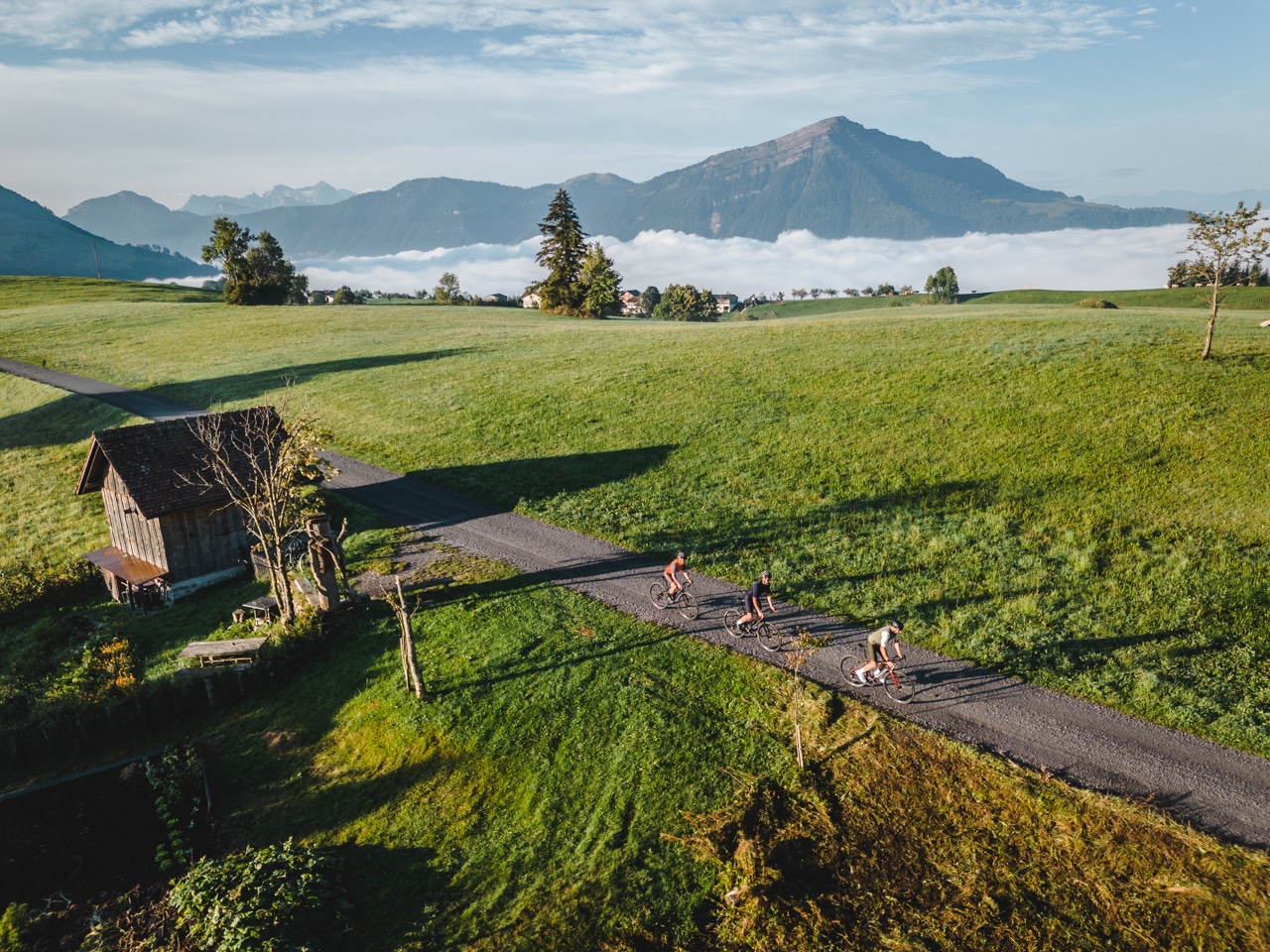
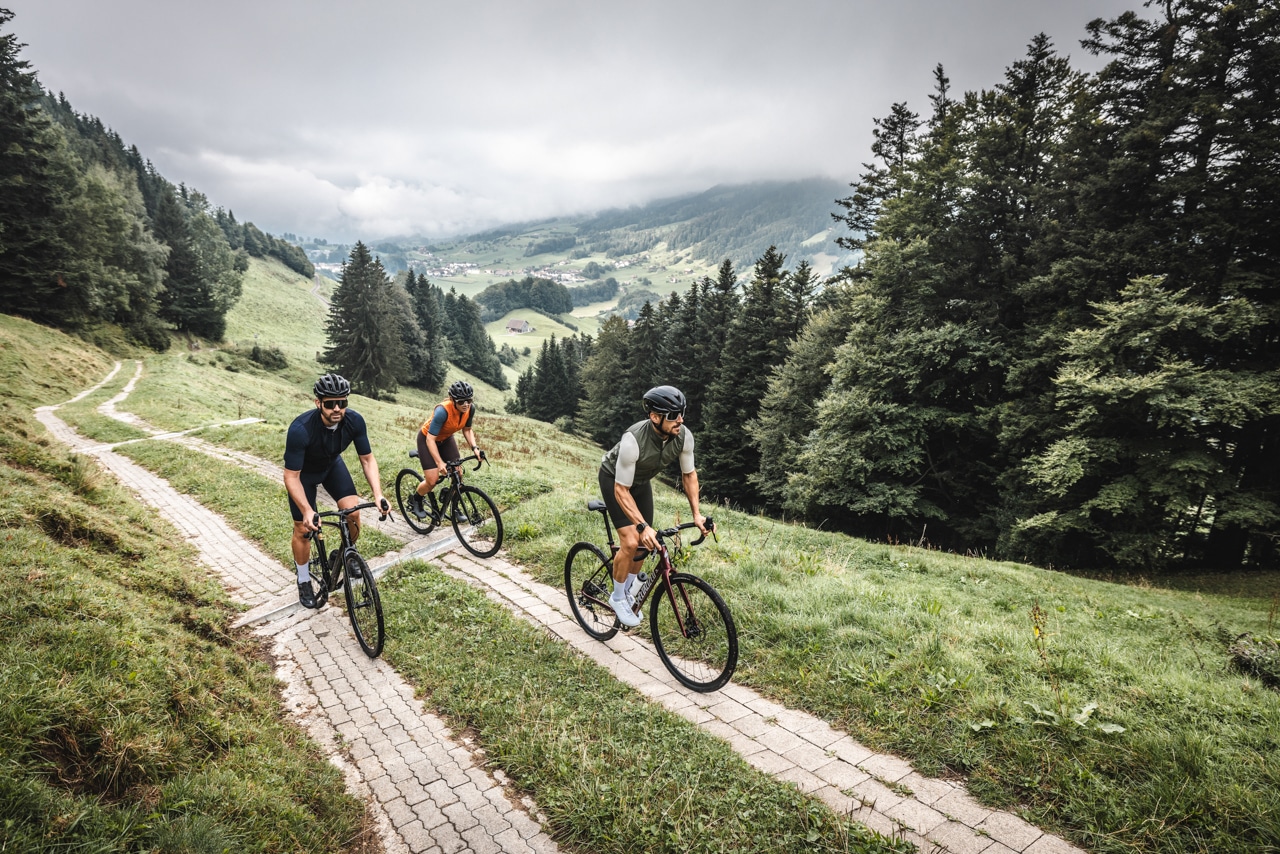





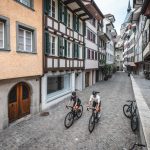
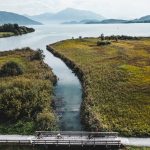

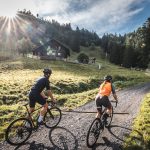
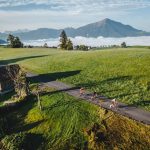
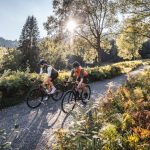
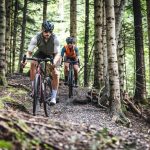
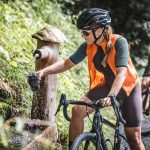

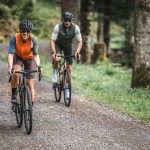

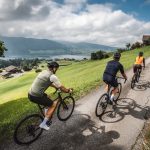


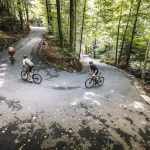

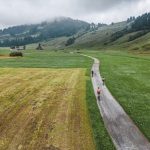

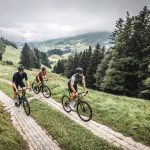


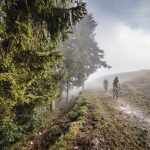

Comments are closed.